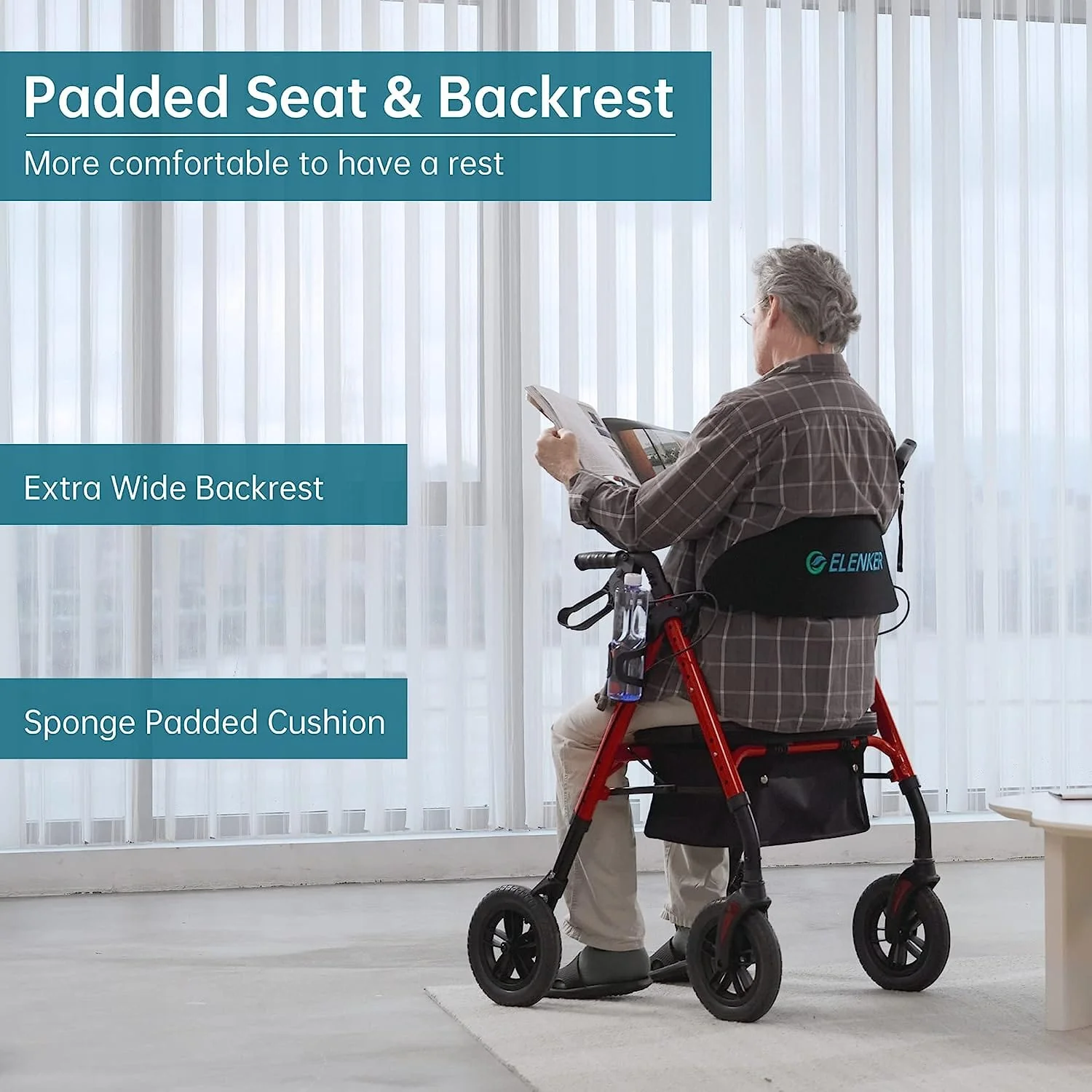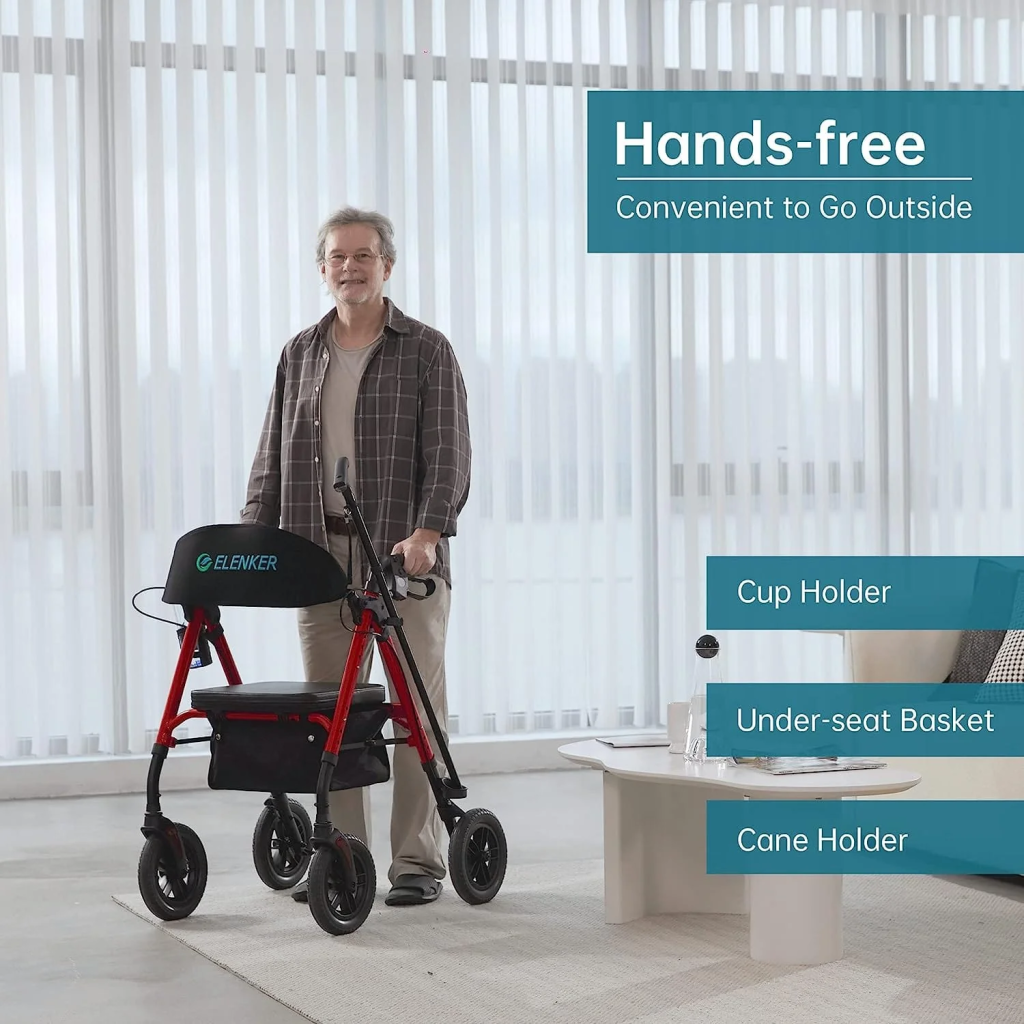
Who should use a walking aid?
None of us wants to admit we need help walking. But sometimes, life throws a few curveballs: an injury, aging, or just balance issues that sneak up on you. That’s where walking aids come in. They’re not a sign of weakness—they’re tools to help you stay active, safe, and independent.
So, who should actually be using walking aids?
It’s Not Just for “Old Folks”
First off, there’s this idea that walking aids are only for the elderly. Sure, walking aids for seniors are super common—and for good reason. As we age, things like arthritis, joint stiffness, and muscle weakness can make walking a bit of a challenge. But walking aids aren’t just for older adults.
You could be recovering from surgery, managing a long-term condition like MS or Parkinson’s, or just feeling a little unsteady on your feet. Whether you’re 25 or 85, if walking is becoming a chore or a risk, a mobility aid can be a total lifesaver.
Signs You Might Need a Walking Aid
Still wondering if walking aids are for you? Here are a few signs to watch for:
- You feel off-balance or wobbly when you walk
- You’ve had a fall (or almost had one) recently
- Walking makes you tired fast, and you need to stop and rest
- You’ve had surgery or an injury that affects your legs, hips, or back
- You’ve got pain in your joints, especially knees, hips, or ankles
- You find yourself avoiding walking or going out because you’re afraid of falling
If any of that sounds familiar, it might be time to consider some aids for walking. And honestly, there’s no shame in it. Using a walking aid doesn’t mean you’re giving up—it means you’re choosing to move smarter.
Types of Walking Aids
There are tons of mobility aids for walking out there, and they’re not all created equal. Here’s a quick rundown of the common types:
1. Canes
Perfect for folks who need just a little extra balance. They’re lightweight, portable, and easy to use. Some even have fancy handles or extra feet for added stability.
2. Standard Walkers
These are the ones without wheels—great for people who need serious support. You have to lift them with each step, which can be a bit tiring, but they offer a ton of stability.
3. Two-Wheeled Walkers
These have wheels on the front, so you can push them forward instead of lifting. Good for folks who want some support but still have decent strength.
4. Rollator Walkers with Seats
Now we’re talking comfort and convenience. A rollator walker with seats comes with four wheels, hand brakes, and a built-in seat so you can take a break whenever you need. These are awesome for folks who like to go on longer walks or need to rest often. They’re also handy for shopping trips, parks, or even just moving around the house.

Who Benefits Most from Walking Aids?
Let’s get into the nitty-gritty of who might benefit the most from using walking aids for elderly, adults, or anyone in between.
Seniors
No surprise here. Aging naturally brings on things like joint pain, slower reflexes, and balance problems. Walking aids for seniors help maintain independence and reduce the risk of falls, which are a major concern in older adults.
Post-Surgery Patients
Had a hip or knee replacement? Recovering from a broken leg? You’re gonna need help getting around. A walker or cane can give you the stability you need while you heal.
People with Neurological Conditions
If you’re living with Parkinson’s, multiple sclerosis, or even vertigo, walking can be unpredictable. A walking aid can help you move around safely without the constant fear of falling.
Anyone with Chronic Pain or Fatigue
Conditions like arthritis, fibromyalgia, or chronic fatigue syndrome can make walking exhausting or painful. Using a mobility aid gives your body a break while keeping you mobile.
Folks with Temporary Injuries
Sprained your ankle? Pulled a muscle? A cane or walker can help you stay mobile while your body recovers.
Don’t Wait Until It’s Too Late
A lot of people wait until after a serious fall or injury before getting a walking aid. But honestly? It’s better to be proactive. If you’re already struggling to walk or balance, why not give yourself a little help now before something worse happens?
Getting the Right Fit
If you’re thinking about getting a walking aid, make sure it fits you properly. An aid that’s too tall or too short can actually make things worse. Many medical supply stores can help you find the right size, or you can talk to a physical therapist for advice.
Also, think about your lifestyle. Do you need something lightweight for short walks, or something more stable with a seat for longer trips? A rollator walker with seats might be perfect if you like to be out and about but need to take breaks along the way.
Using a walking aid isn’t something to feel embarrassed about—it’s a smart way to stay independent and safe. Whether it’s a cane, a standard walker, or a rollator walker with seats, there’s something out there for every level of mobility.
So if walking is starting to feel like more of a struggle than it should, listen to your body. With so many walking aids and mobility aids for walking on the market today, staying mobile has never been more doable.
You’ve got places to go—don’t let wobbly steps hold you back.